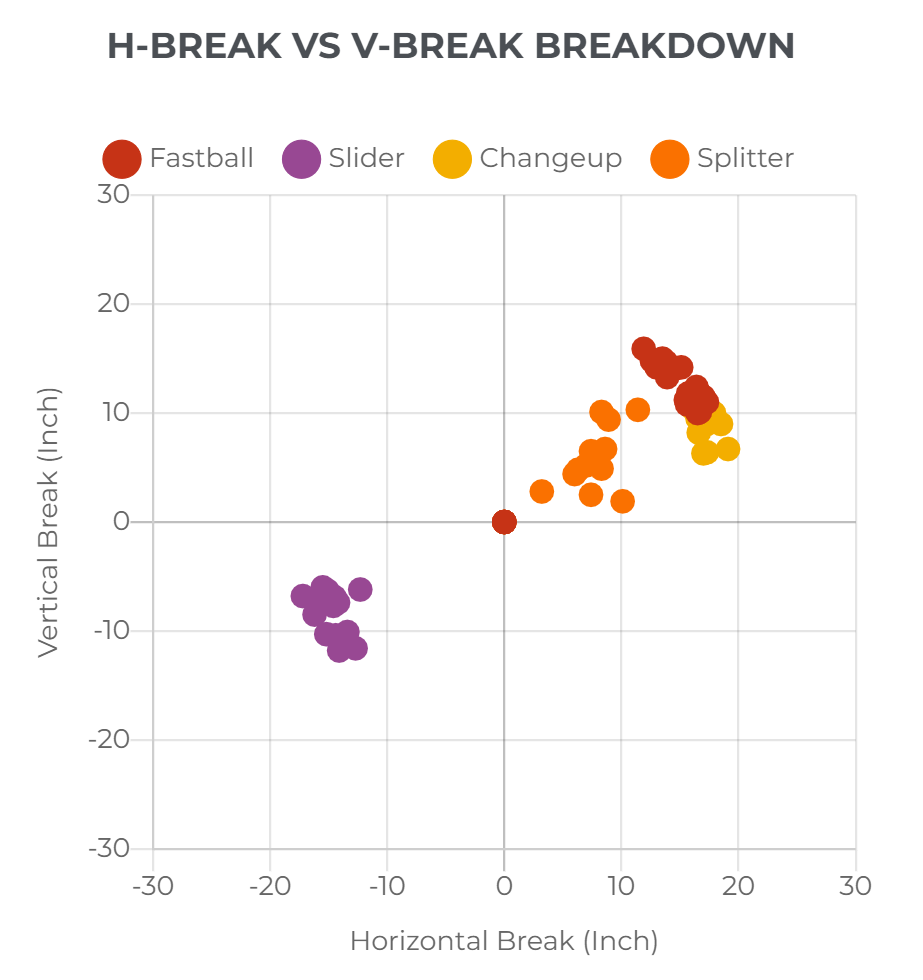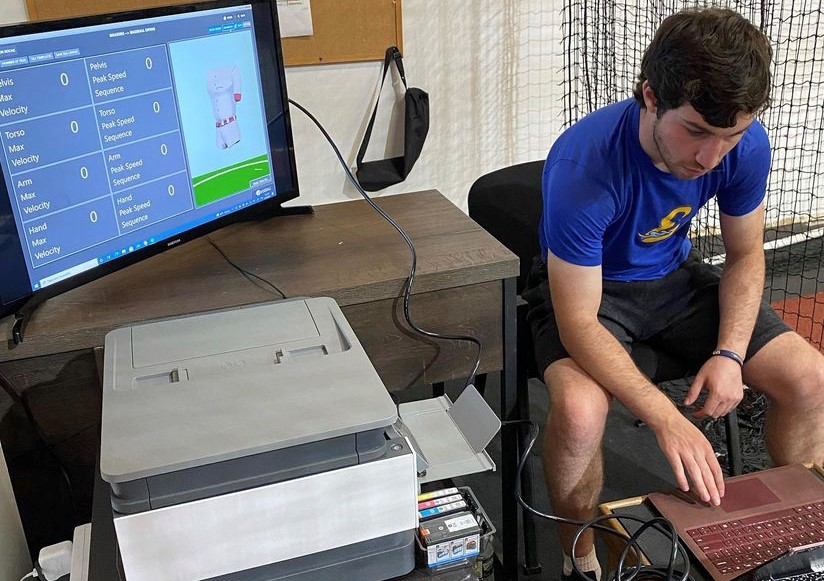Pitch design has taken the pitching world by storm. In this 4 part YouTube webinar, we take you from basics to how you can actually implement pitch design and improve ball movement patterns with your pitchers…
Best of 2021… Strength Training, Pitching and Hitting Articles
It’s been even another crazy year for everyone, but that didn’t stop us from continuing our efforts to develop great ball players while educating the community at the same time. A few years ago, I started a series in which I posted the most popular blogs of the year. These are the articles that received the most traffic, according to our hosting statistics. It seems to be a favorite of everyone, so here we go again with the most popular baseball articles of 2021. Continue reading “Best of 2021… Strength Training, Pitching and Hitting Articles”
A Week in the Life of an RPP Data Intern
I joined RPP Baseball as a Data Intern this past September, and was very excited about the opportunity to learn all of the different aspects of applying technology to training pitchers and hitters. Little did I know how all-encompassing it would be. The process of working and training daily with the latest technology has proved to be an amazing experience for my personal development as a professional in this industry. Whether I am working with Rapsodo Pitching, Rapsodo Insight, Blast Motion, HitTrax, K-Vest, or assisting with our bio-mechanist on a full blown Qualisys motion capture system, I am amazed at the impact that data and technology can have on player progression and talent maximization. I decided to write this article, not only to summarize how much I have learned in this position, but also to help provide a road map for all those that may come after me. Continue reading “A Week in the Life of an RPP Data Intern”
Wondering What Happens to all the Data from Motion Capture?
Today, we’re lifting the hood a tiny bit…. Much is written about the value of data and its potential application to training pitchers. But a full-blown motion capture system takes this type of discussion to a whole new level. A typical mocap session involves attaching over forty markers to a pitcher’s body. After a pitch is thrown off the mound, the system combines the views of a dozen or more cameras to create a 3D avatar of the athlete, which then allows for preparing angular measurements of various body parts, up and down the kinetic chain. What happens to all that data from the avatar is what we are going to review here…
Continue reading “Wondering What Happens to all the Data from Motion Capture?”
How Much Scap Load… What is Efficient?
Horizontal shoulder abduction, scap load, elbow angle are terms originally coined by Paul Nyman and which refer to the retraction of the shoulder blade (scap) prior to the arm cocking phase. Call it whatever you like, but the degree to which your scap “loads” matters. Horizontal abduction helps with layback and setting up the rest of the arm action once the lead leg blocks, decelerates and sends energy up the chain. Continue reading “How Much Scap Load… What is Efficient?”
What Makes Kevin Gausman’s Splitter So Effective?
With San Francisco Giants ace Kevin Gausman generating NL CY Young consideration for much of the 2021 season, the effectiveness of the splitter has become a hot topic of conversation. Let’s take a deep dive to gain a better understanding of the characteristics of this particular pitch. A splitter is an off-speed pitch that should play directly off of a fastball, similar to the use of a changeup. It has reduced spin rate due to a stiffer wrist and wide grip (fingers placed on the outside of the baseball) which induces downward movement with occasional horizontal break. Continue reading “What Makes Kevin Gausman’s Splitter So Effective?”
Where Mocap Can Help Fill the Gaps!

Most of you already know that while we are big believers in using data/tech, the human element should never be replaced, just simply “enhanced”. So let me start with this great quote by PT (and super smart guy) Bill Hartman:
Technology provides answers that are stored or calculated. It serves me. It is not creative or curious nor has the capacity to ask the important questions. Those qualities are purely human.
However, as I have said before there is great value to data, especially in areas where you can’t necessarily observe what’s happening during the delivery, but it can be measured. Today, we’re going to look at an example of the merging of the eyes and data. I decided to write this article after reading a recent thread posted by RPP Pitching Coordinator Justin Friedman. Continue reading “Where Mocap Can Help Fill the Gaps!”
How Can Poor Hip Mobility Impact Arm Health?
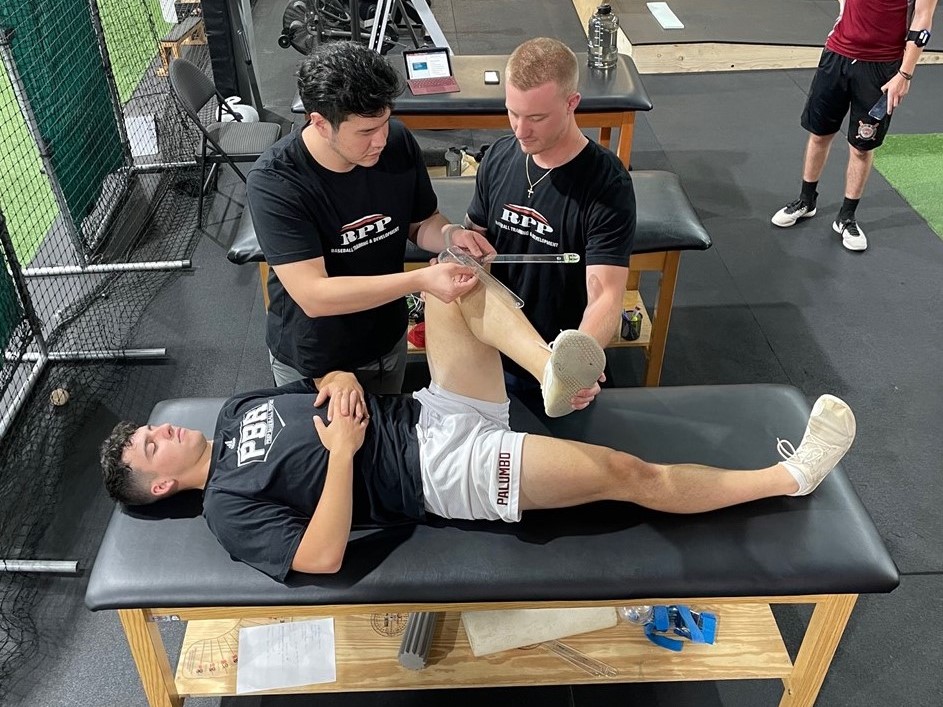
Improving arm health in pitchers is a topic which is typically viewed in reference to the arm itself rather than all the other parts of the body. This way of thinking can potentially lead to arm health issues. When assessing the lower half of a pitcher’s mechanics, often hip mobility issues surface and should be addressed. The purpose of this article is to help provide insight on how we initially assess hip mobility; common issues associated with a lack of hip mobility and ways to improve hip mobility issues. Understanding that fixing poor hip mobility is not an overnight fix is critical in helping the expectations of the progress that can be made if an athlete is consistent in their training. Continue reading “How Can Poor Hip Mobility Impact Arm Health?”
Off-season Pitching Program – Frequently Asked Questions
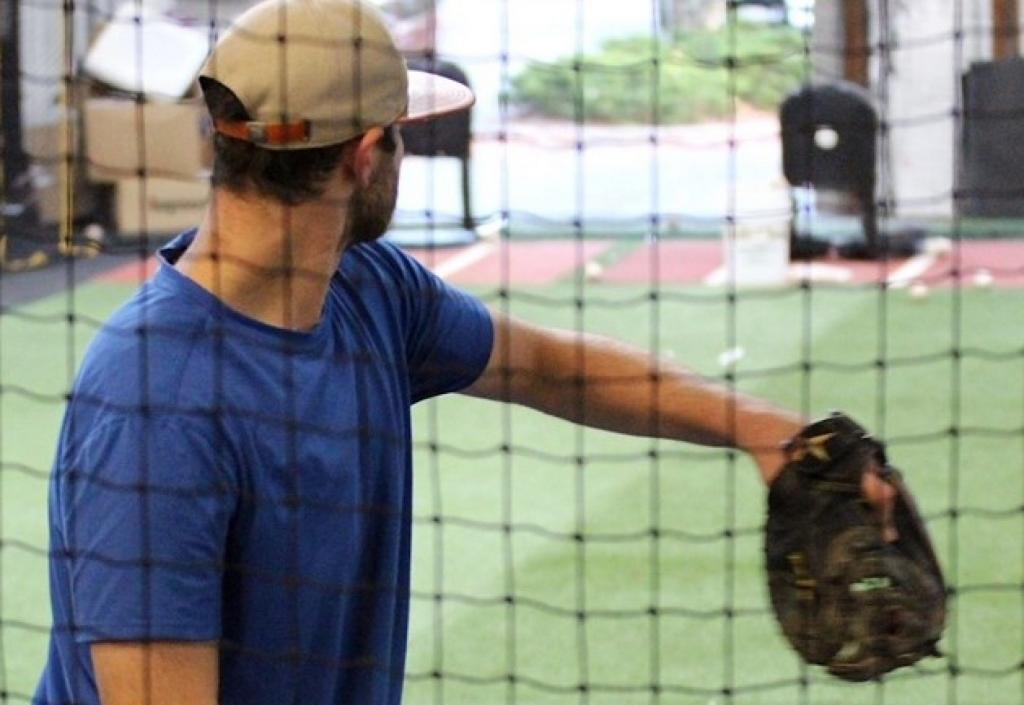
The following is a list of “frequently asked questions” we receive on our off-season pitching program. Hope it’s helpful, but please feel free to reach the front desk at 201-308-3363 with any additional inquiries at any time or set up a visit / “consult session” where we can give you an on-site tour and review the programming.
Pitching Program Q&A
Q: Is your winter pitching program also a velo program? Continue reading “Off-season Pitching Program — Frequently Asked Questions”
Assessing Pitchers in the Age of New Tech (Inside Pitch Magazine)
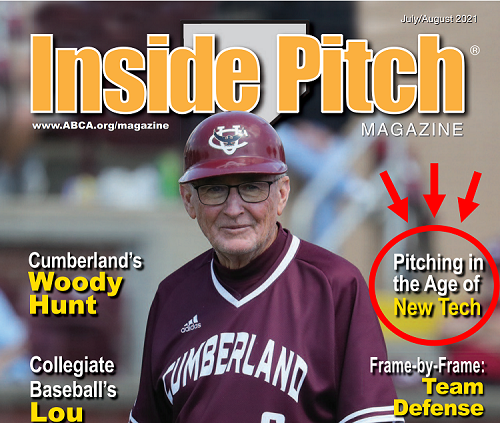
Interested in a hard copy of the article please click here.
Baseball, like every other industry, is under siege from new technology and it’s making sure the game evolves in many ways. Some love it, some hate it, and everything in between. Whether you’re a fan of technology or not, it’s difficult to ignore. It’s here in full force and it’s changing baseball with it. Those that are too close-minded to take the time to expand their knowledge of the new performance metrics run the risk of being left behind, both in terms of overall knowledge about the game and improving an athlete’s efficiency in performance. Continue reading “Assessing Pitchers in the Age of New Tech (Inside Pitch Magazine)”

